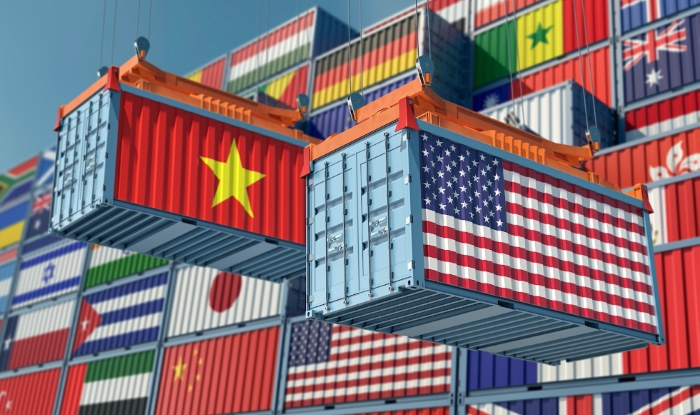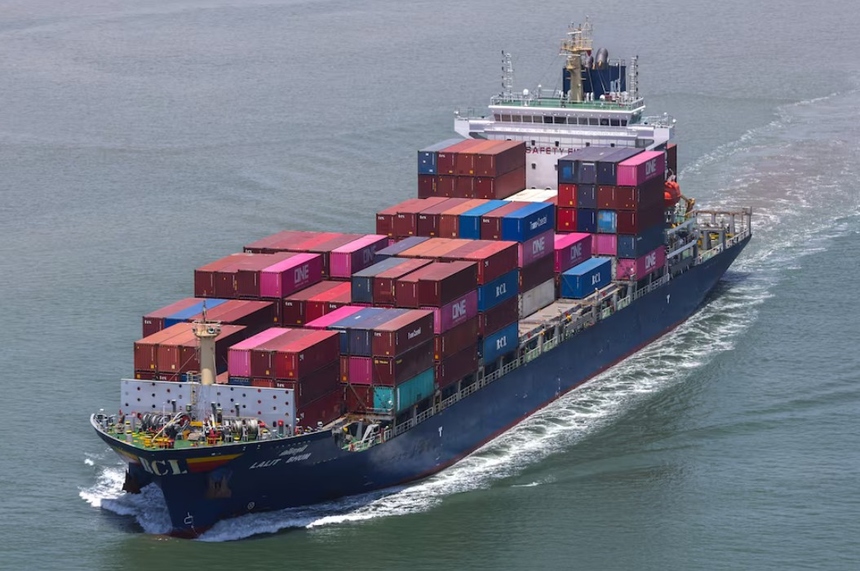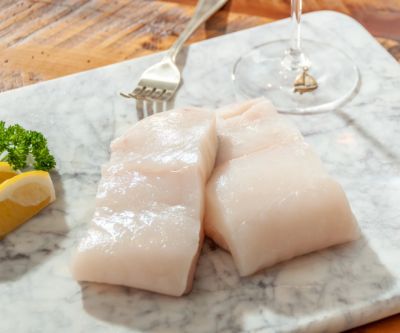In a phone call on July 2, General Secretary To Lam and US President Donald Trump expressed support for the joint declaration reached by both negotiating teams, outlining a fair, balanced, and reciprocal trade framework. Vietnam agreed to offer preferential market access for US products, including large-displacement automobiles, while the United States pledged to sharply reduce tariffs on a range of Vietnamese exports and work to resolve outstanding trade issues.
General Secretary To Lam also requested that the US soon recognize Vietnam as a market economy and lift certain restrictions on the export of high-tech goods to Vietnam.

President Trump, in a subsequent social media post, officially announced a 20% tariff on goods exported from Vietnam to the US, along with a 40% tariff on products deemed to be “transshipped” — meaning goods originating elsewhere but relabeled or repackaged in Vietnam before heading to America. Meanwhile, US goods entering Vietnam, particularly electric and gasoline vehicles, would enjoy a 0% tariff.
Given that nearly 30% of Vietnam’s export turnover relies on the US market, these adjustments will have significant consequences. Vietnam’s key export sectors — textiles, footwear, and electronics — which are heavily tied to the American market, must closely monitor the impact of the 20% tariff. Although this is a considerable rate, it is lower than the 46% figure initially floated, and could be seen as acceptable compared to regional competitors.
The 40% tariff on “transshipped” goods is among the most notable measures. However, questions remain over exactly how transshipment will be defined — for instance, how much foreign content in a product will trigger the penalty. Without clearer guidance, businesses face considerable compliance costs and legal uncertainty.
As for US goods exported to Vietnam at a 0% tariff, this creates a clear advantage for American producers. Industries that may feel the greatest pressure include:
-
Automobiles and Electric Vehicles: US brands would have a major competitive edge, challenging domestic auto firms.
-
Consumer Electronics and High Technology: American manufacturers could sell directly into Vietnam more competitively, impacting local assembly operations.
-
Agriculture and Processed Foods: The US is a leading supplier of beef, poultry, soybeans, and processed foods, which could further penetrate the Vietnamese market.
-
Retail and E-Commerce: American giants may more easily integrate into Vietnam’s distribution networks, raising competitive challenges for local retailers and e-commerce platforms.
Overall, the 0% tariff could benefit consumers but will test the resilience and competitiveness of Vietnamese producers.

Finally, the two leaders agreed on plans to boost exchanges, promote high-level visits, and deepen cooperation in science, technology, and other strategic sectors under the framework of the Comprehensive Strategic Partnership.
While details of these tariff adjustments will require further clarification, the agreement signals both opportunities and challenges. It will likely push Vietnamese enterprises to upgrade their capabilities, move higher up in the value chain, and strengthen their positions in a more demanding market environment.





